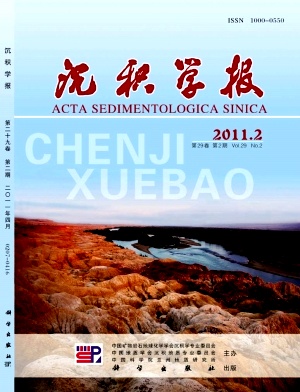HighResolution Record of Biogenic Silica and Its Paleoproductivity Implication in Mud Area, East China Sea Inner Shelf over the Last 2000 Years BP
- Received Date: 1900-01-01
- Rev Recd Date: 1900-01-01
- Publish Date: 2011-04-10
-
Key words:
- biogenic silica /
- paleoproductivity /
- paleoclimate /
- 2ka BP /
- muddy area /
- inner shelf of the East China Sea
Abstract: Highresolution grain size, biogenic silica and its mass accumulation rate (MAR) records are gained by AMS14C dating and analyses of grain size and biogenic silica in Core MZ02 from the muddy area on the inner shelf of the East China Sea. The grain size results reflect a lowenergy shallow sea shelf depositional environment dominated by the coastal currents. The biogenic silica content in Core MZ02 is less than 1.5%, mainly controlled by the low supply of biogenic silica remains, high silica dissolution and terrigenous matter dilution. Comparing the biogenic silica content and its MAR with the climatic record inferred from the Eastern China mainland, the relatively high biogenic silica and its MAR generally concur with the warm and humid climatic intervals, and vice versa, suggesting the response of the biogenic silica to paleoclimatic variation of Eastern China. The high paleoproductivity indicated by biogenic silica and its MAR was induced by the intensified Asian summer monsoon, which could strengthen the upwelling and increase the supply of nutrition materials. In addition, the biogenic silica and its MAR correlated well with the δ18O records of GISP2 ice core and Hongyuan peat, which therefore revealed a regional response of biogenic silica to global climate change.
| Citation: | LIU Shengfa. HighResolution Record of Biogenic Silica and Its Paleoproductivity Implication in Mud Area, East China Sea Inner Shelf over the Last 2000 Years BP[J]. Acta Sedimentologica Sinica, 2011, 29(2): 321-327. |






 DownLoad:
DownLoad: